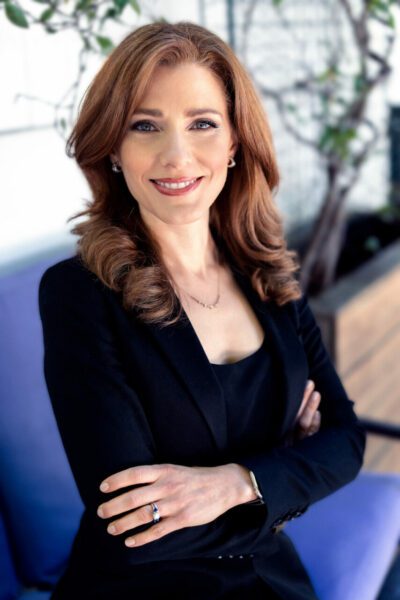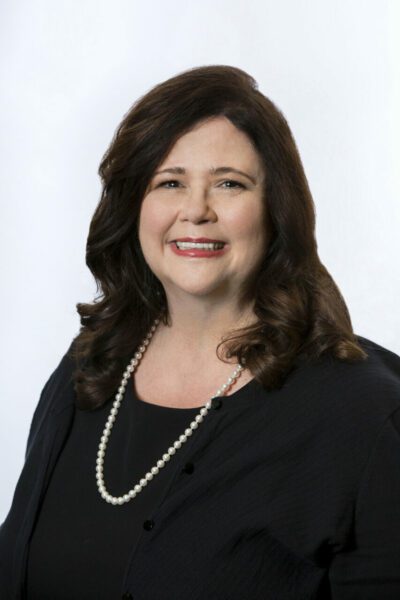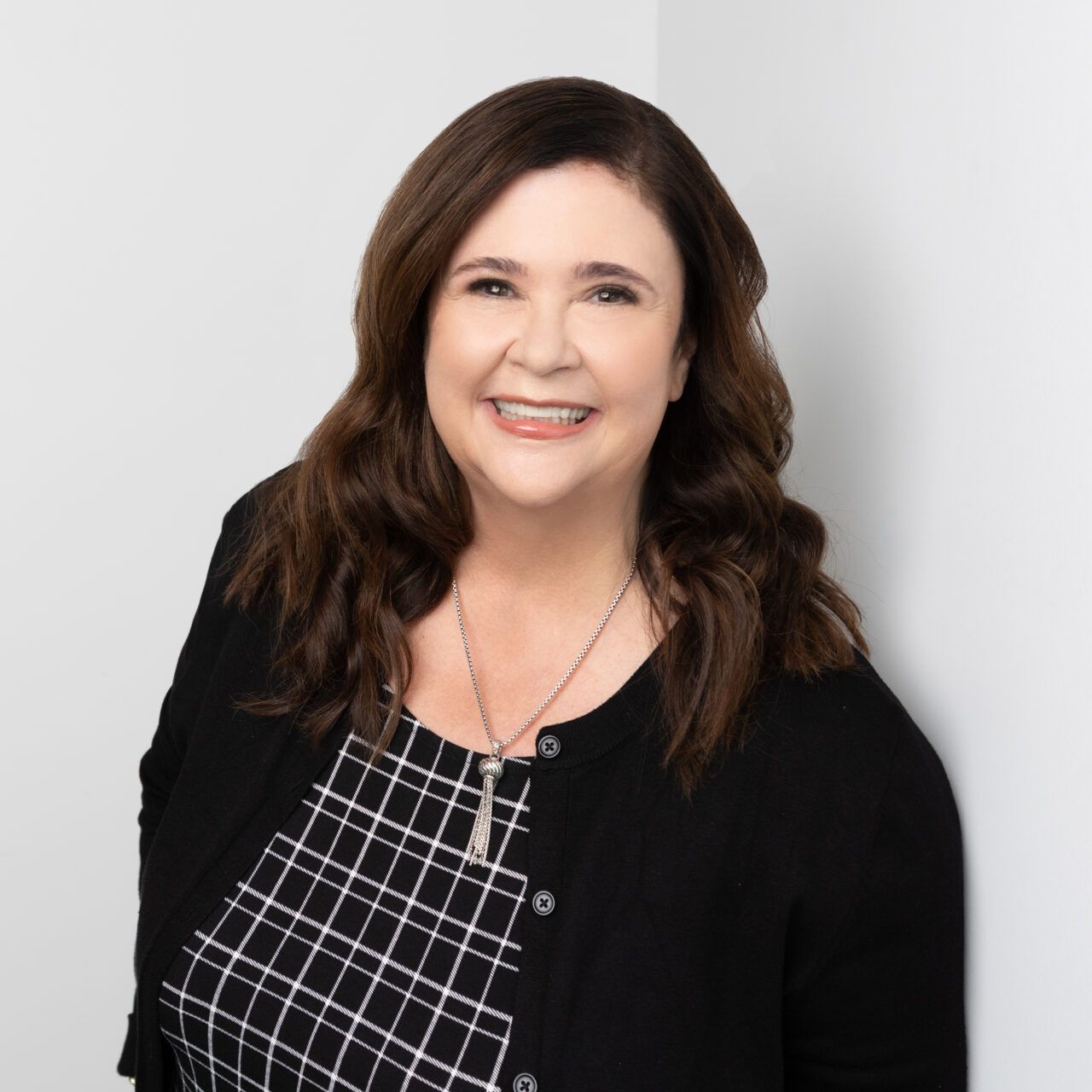Julia Boorstin is CNBC’s senior media and tech correspondent and has been an on-air reporter for the network since 2006. She plays a central role on CNBC’s bicoastal tech-focused program “TechCheck,” delivering reporting, analysis and CEO interviews with a focus on social media and the intersection of media and technology.
In 2013, Boorstin created and launched the CNBC Disruptor 50, an annual list she oversees that highlights private companies transforming the economy and challenging companies in established industries. She also helped launch the network’s “Closing the Gap” initiative, covering the people and companies closing gender and diversity gaps. A graduate of Princeton University, she has been a reporter for Fortune magazine, as well as a contributor to CNN and CNN Headline News.
My perspective
I must admit, when I finished Julia Boorstin’s “When Women Lead,” I felt a level of reaffirmation that caused me to immediately pick up her book a second time and reread it.
I connected deeply with these women she had spoken with because, like them, during my career, I had my own story of trying to fit into corporate cultures where I was, at times, minimized, underestimated, and went to, at times, extraordinary lengths to prove myself.
To compensate for this early on in my career, I went by Judith. Yes. A serious name coupled with a dark suit, limited make-up, hair smoothed back and sensible pumps. Swapping contact lenses for glasses completed my “I am serious and know what I’m doing,” costume. Even my late 80’s big hair, while in fashion, went by the wayside, just like Melanie Griffith’s character, Tess McGill, in “Working Girls.”
Why did I go to these lengths? After being told constantly that I looked “young,” being turned away from jobs because I was told I might get pregnant and receiving a performance evaluation in all aspects memorialized outstanding accomplishments but marred by final remarks made in my evaluation to remind me that I couldn’t be taken seriously because of my appearance. That’s when Judith was reborn. Up until this point, the only person- calling me “Judith” was my mom — and that was when I was in trouble.
Over the years, and even today after I lost “Judith” because I now look my age, I am often asked by male colleagues to handle tough discussions and issues because I’m good at the “soft stuff.” In reality, we should all be great at the “soft stuff.”
“When Women Lead,” is not just an important read for women as the title may imply. Through Boorstin’s mix of interviews and well-documented research, readers will learn that empathy, vulnerability and gratitude — often referred to as “soft skills” and usually associated with women — are the superpowers that help any leader, regardless of gender, are more important now than ever.
Read my interview with Julia to learn about the commonalities of some of the most successful executive women, and how they leveraged their unique talents to overcome difficult barriers and how each learning executive can help reshape what’s valued in their organization:
(Judy Whitcomb): When I read that, early on in your career, you wore boxy suits and glasses as a way to fit in, I immediately thought to myself, “me too.” I wondered how much this was a shared experience by other women.
(Julia Boorstin): I cannot tell you how many women told me they did the exact same thing. I remember the moment where I said I don’t have to dress like I am trying to disguise myself trying to be the older version of myself trying or to blend in with the guys to hide my femininity — especially in the first five years of their careers, it was all about trying to act older than they were because they felt they weren’t getting taken seriously. Unfortunately, there are a lot of women like us who felt they had to put on that kind of costume. I have heard from so many women who have gone through a similar journey starting out in their career — feeling very much like they couldn’t be themselves and had to fit in with the male dominated environment. And then, increasingly, found that they were finding their own voice.
(JW): What are men reading your book telling you that has been a surprise?
(JB): Men have been surprised about how progress has been so limited. While there are many female leaders moving into the C-suite, there are not as many women in CEO roles than you would have expected at this point. People have also told me that one of the largest surprises relates to the statistics of venture capital funding. Female founders consistently draw less than three percent of all venture capital dollars. And, it is venture capital funding that supported companies such as Facebook, Google and Airbnb to spend years losing money while growing When female entrepreneurs raise venture funding, in most cases, they raise less than half as much as their male counterparts. The problem with all-male founding companies is they may overlook the needs of more than half of the population.
(JW): What is consistent feedback you’ve received from your readers?

(JB): I’ve been told that people are surprised about how large the gender gaps are, and the fact the gender gaps are so persistent. Additionally, many investors identify with high levels of confident optimism from entrepreneurs seeking funding, and women founders tend to be more cautious. After women overcome these barriers, their companies frequently outperform the market.
(JW): Of the women executives you interviewed from a wide range of companies, what are the common traits and themes you identified?
(JB): Women are more likely to work at building resilience and reserves into the company’s infrastructure. They also focus on building reliable teams very early in the company’s life — often looking for a diversity of skills and opinions. The women I profiled in my book led in ways that were authentic to them and with approaches that are uncharacteristic of the archetypes of traditional male leadership leveraging traits such as empathy, vulnerability and gratitude. I also think there are a lot of stories in the book that people have never heard before. People who you didn’t know were out there changing the health care space or creating environmentally focused companies. It’s really resonating with people. I’ve heard from a lot of men that they are eager to learn from these women that have led with empathy or vulnerability with a greater focus on purpose. These traits are table stakes right now.
(JW): What did your research reveal about the advantages of having women in leadership positions during the pandemic?
(JB): There are some pretty shocking studies about how, in the first year of the pandemic, countries with female leaders outperformed comparable countries with male leaders — when it came to minimizing death counts. There are a number of explanations for this — including the fact that the women were prioritizing long-term health outcomes over short-term economic ones. They’re more likely to plan for worst-case scenarios, and they showed humility and empathy in their communication. There are plenty of studies of other crises, such as the financial crisis, which show that women are more likely to be put in charge when a company is in trouble, and that in those situations they are more likely to outperform. In the studies and the stories, I saw how female leaders’ adaptability, their humility to learn from people on the ground and to throw out hierarchical management are a game-changer for navigating crises.

(JW): I’ve given your book to a number of male executives I coach. This book isn’t just for women. Why are the lessons in your book also important for male leaders?
(JB): I believe that my book will resonate with women and inspire them to unlock their strengths, but I think it may be even more important for men to read, to help them to succeed in this fast-changing business world. Many of the characteristics I highlight are more frequently used by women — but they have also been found to be effective when used by men. Take an approach called “servant leadership” to prioritize employees and customers, or using empathy to identify new business opportunities, or embracing gratitude, which has been found to enable leaders to prioritize long-term outcomes. These leadership approaches work — and men should benefit from them as well. It’s also important for men to understand the challenges women face around stereotype and pattern matching. If men can see how much unconscious bias is holding women back and can see the new patterns set by the leaders in my book, the more they’ll be able to unlock the opportunity by investing in women.
(JW): What can business schools, human resources and learning executives do have greater impact on their organizations on these learnings and research?
(JB): It’s really hard to attract and retain people at times like these. We need to look at the business cases…which companies we are elevating. What leaders are we studying and celebrating to make sure we’re studying various leadership styles? It can look like different things. Successful leaders come from a variety of styles and have a wide variety of strategies. I hope that business school cases continue to be more diverse. “Good to Great” is an amazing iconic business book and tells stories of phenomenal leaders. I’ve read it many times, but the vast majority of the leaders highlighted are men. Times change and the leaders we elevate and celebrate should be reflective of those times. We have to constantly adapt.
(JW): What are the first steps men and women should take to start applying your advice tomorrow?
(JB): We all have workplace superpowers — whether it’s a love of asking questions or an ability to draw out diverse perspectives from a team. Think about what your strengths are, or a skill you’d like to improve upon. Is it finding the forest through the trees? Being a “fire-preventer” rather than a firefighter — preventing workplace crises before they happen? Focusing on long-term outcomes rather than near-term gains. Create benchmarks so you can improve upon your skills and measure your progress. The most valuable superpowers might look nothing like “powers,” and we all have tools we can improve on and deploy. It’s also about going back, looking at experiences and identifying what you did well and analyzing failures for areas for improvement; looking at what you can control and what you cannot control. Work on things you can control and try to focus on after-event reviews to improve.
Call to action
Boorstin’s book features interviews and significant research that demonstrate how a varied and counter-intuitive set of leader qualities yield better results for men and women. While gender disparities may exist for a variety of reasons, it’s important to note that the concept of leadership has been historically grounded in misconceptions around gender, race and other factors with characteristics often associated with white men as the standard.
Most organizations know the importance of evaluating their own data, barriers, and disparities and developing actionable plans. HR and learning leaders should continue to reconsider their hiring practices and criteria for evaluating candidates. Further, they should ensure that they recognize, reward, celebrate and highlight a wide range of leadership styles that contribute to success within their organization. Intentional focus on leadership competency development around expression of empathy, vulnerability and gratitude serves all leaders and organizations towards attracting, engaging and retaining talent.
Please join me and Chief Learning Officer for an in-depth interview with Julia Boorstin on February 22.















